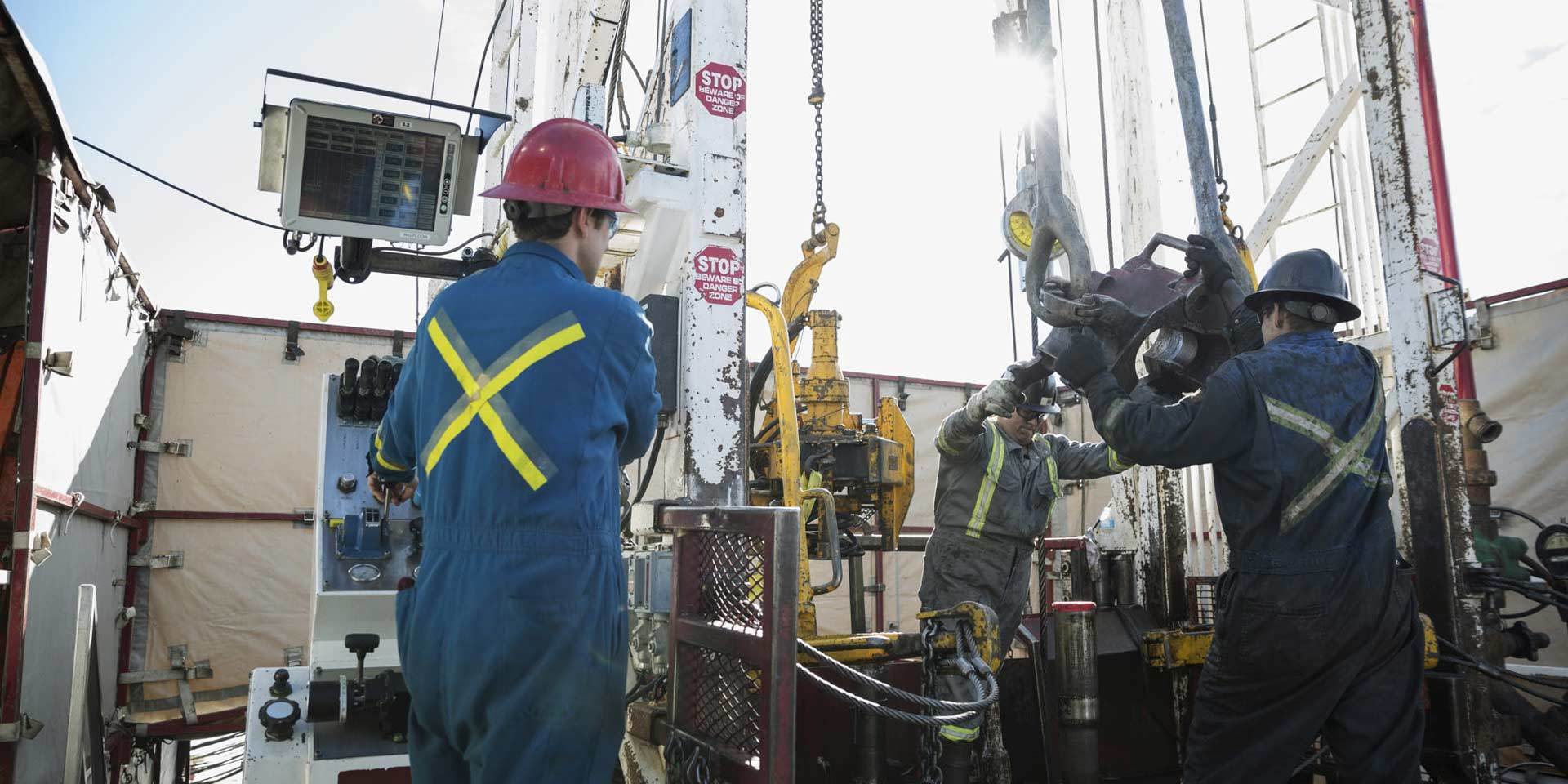Air Drilling Motor: A Key Component in the Oil and Gas Industry
Classification:
Release time:
2023/09/12
【Summary Description】 Explore the significance, workings, and benefits of air drilling motors in the manufacturing and processing machinery sector of the oil and gas industry.
Introduction:
Air drilling motors play a vital role in the world of oil and gas exploration and production. As a crucial component of manufacturing and processing machinery in this industry, understanding their importance, functionality, and advantages can greatly enhance your knowledge. In this article, we delve into the world of air drilling motors and provide insightful information on their relevance.
1. What is an air drilling motor?
An air drilling motor, also known as a pneumatic drilling motor, is a specialized device used in the drilling process of oil and gas wells. It converts air pressure into mechanical energy to power the drilling operation.
2. How does an air drilling motor work?
When compressed air enters the motor, it forces a piston to move, which in turn rotates the drill bit attached to the motor's output shaft. The rotation of the drill bit allows for efficient drilling through various rock formations.
3. What are the advantages of using air drilling motors?
- Increased drilling speed: Air drilling motors offer higher rotational speeds compared to conventional drilling methods, resulting in faster and more efficient drilling operations.
- Reduced risk of formation damage: Air drilling minimizes the chances of fluid invasion into the rock formations, preventing potential damage and improving well productivity.
- Enhanced safety: Air drilling reduces the risk of blowouts and well control issues as it utilizes compressed air instead of flammable drilling fluids.
- Cost-effectiveness: Air drilling can be a more economical option, as it eliminates the need for costly drilling mud systems and associated disposal procedures.
4. Where are air drilling motors commonly used?
Air drilling motors find extensive applications in the oil and gas industry, particularly in challenging drilling environments such as hard rock formations, depleted reservoirs, and wells with high-pressure differentials. They are also utilized for directional drilling, underbalanced drilling, and drilling in environmentally sensitive areas.
5. What factors should be considered when selecting an air drilling motor?
- Power and torque requirements: Choosing a motor with the appropriate power and torque capabilities based on the drilling conditions is crucial for optimal performance.
- Size and weight constraints: Consider the available space and the weight limitations of the drilling equipment when selecting an air drilling motor.
- Reliability and durability: Look for motors known for their reliability in demanding drilling operations and those capable of withstanding harsh environmental conditions.
Conclusion:
Air drilling motors prove to be indispensable tools in the oil and gas industry, facilitating efficient drilling operations while minimizing risks and costs. By understanding the fundamentals and advantages of these motors, manufacturers and operators can make informed decisions when it comes to selecting the right equipment for their drilling projects.
Air drilling motors play a vital role in the world of oil and gas exploration and production. As a crucial component of manufacturing and processing machinery in this industry, understanding their importance, functionality, and advantages can greatly enhance your knowledge. In this article, we delve into the world of air drilling motors and provide insightful information on their relevance.
1. What is an air drilling motor?
An air drilling motor, also known as a pneumatic drilling motor, is a specialized device used in the drilling process of oil and gas wells. It converts air pressure into mechanical energy to power the drilling operation.
2. How does an air drilling motor work?
When compressed air enters the motor, it forces a piston to move, which in turn rotates the drill bit attached to the motor's output shaft. The rotation of the drill bit allows for efficient drilling through various rock formations.
3. What are the advantages of using air drilling motors?
- Increased drilling speed: Air drilling motors offer higher rotational speeds compared to conventional drilling methods, resulting in faster and more efficient drilling operations.
- Reduced risk of formation damage: Air drilling minimizes the chances of fluid invasion into the rock formations, preventing potential damage and improving well productivity.
- Enhanced safety: Air drilling reduces the risk of blowouts and well control issues as it utilizes compressed air instead of flammable drilling fluids.
- Cost-effectiveness: Air drilling can be a more economical option, as it eliminates the need for costly drilling mud systems and associated disposal procedures.
4. Where are air drilling motors commonly used?
Air drilling motors find extensive applications in the oil and gas industry, particularly in challenging drilling environments such as hard rock formations, depleted reservoirs, and wells with high-pressure differentials. They are also utilized for directional drilling, underbalanced drilling, and drilling in environmentally sensitive areas.
5. What factors should be considered when selecting an air drilling motor?
- Power and torque requirements: Choosing a motor with the appropriate power and torque capabilities based on the drilling conditions is crucial for optimal performance.
- Size and weight constraints: Consider the available space and the weight limitations of the drilling equipment when selecting an air drilling motor.
- Reliability and durability: Look for motors known for their reliability in demanding drilling operations and those capable of withstanding harsh environmental conditions.
Conclusion:
Air drilling motors prove to be indispensable tools in the oil and gas industry, facilitating efficient drilling operations while minimizing risks and costs. By understanding the fundamentals and advantages of these motors, manufacturers and operators can make informed decisions when it comes to selecting the right equipment for their drilling projects.
Key words:
Related News

